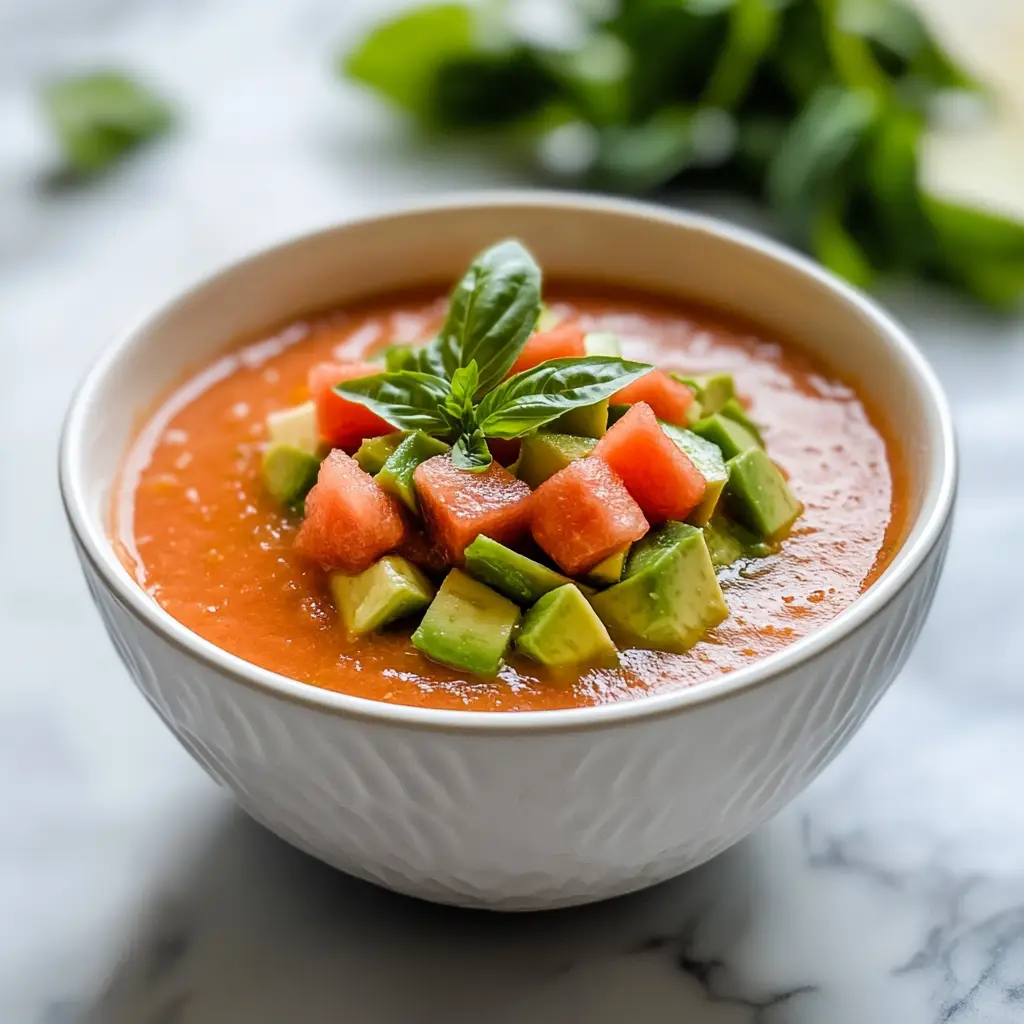Raising Cane’s is famous for its crispy chicken fingers, buttery Texas toast, and signature Cane’s Sauce. But if you’re health-conscious, you might be wondering: Is Raising Cane’s a healthy choice, or is it just another indulgent fast food option?
In this guide, we’ll break down the nutrition facts, health concerns, and how Raising Cane’s compares to other fast-food chains. Plus, we’ll share smart ways to enjoy it without overloading on calories, sodium, or unhealthy fats.
Let’s dive in!
What’s in Raising Cane’s Meals?
Raising Cane’s keeps its menu simple: chicken fingers, crinkle-cut fries, Texas toast, coleslaw, and Cane’s Sauce. But does simplicity mean it’s healthy? Let’s take a closer look at the key components:
- Chicken Fingers: High in protein but deep-fried, making them high in calories and trans fats.
- Fries & Toast: Carb-heavy and often salted, contributing to high calorie and sodium intake.
- Cane’s Sauce: A delicious but high-fat and calorie-dense dipping sauce.
For a deeper dive into how the famous sauce stacks up nutritionally, check out this Canes Sauce Recipe for insights and perhaps a homemade twist.

Nutritional Profile of Raising Cane’s Meals
When it comes to health, what’s inside your food matters just as much as how it tastes. So, how does Raising Cane’s fare nutritionally? Let’s break it down.
Calories and Macronutrients Breakdown
Raising Cane’s meals are calorie-dense due to fried ingredients and rich sauces. A typical Box Combo (four chicken fingers, fries, toast, coleslaw, and Cane’s Sauce) can easily exceed 1,000 calories-half of an average adult’s daily needs.
Nutritional Breakdown of Key Items:
- Chicken Finger (per piece): 140 calories, 7g fat, 9g protein
- Crinkle-Cut Fries (small): 290 calories, 15g fat, 2g protein
- Texas Toast (1 slice): 140 calories, 5g fat, 4g protein
- Cane’s Sauce (1 serving): 190 calories, 19g fat, 1g protein
And that’s before adding a sugary drink! 🍹
“It’s not just what you eat but how much and how often that matters.”
Sodium and Cholesterol Levels
Brace yourself for some eye-opening stats. Fast food, including Raising Cane’s, tends to be loaded with sodium. For instance, a Box Combo contains around 1,500-2,000 mg of sodium, close to or even exceeding the recommended daily limit of 2,300 mg. That’s a lot of salt!
High sodium levels can lead to water retention, high blood pressure, and increased risk of heart disease. Combine that with cholesterol-heavy ingredients like fried chicken, and it’s clear why moderation is essential.
Added Sugars and Unhealthy Fats
Cane’s Sauce is a fan favorite, but it’s no saint in the nutrition department. This creamy concoction is packed with saturated fats, which are linked to higher cholesterol levels. And while the toast may seem harmless, it’s brushed with butter, adding extra saturated fat to your meal.
If you opt for sweet tea or soda (which most people do), you’re adding a hefty dose of added sugars-a major culprit in weight gain and metabolic diseases like diabetes.For inspiration, check out these low-calorie lunch recipes for a balanced day.
Health Concerns with Raising Cane’s
1. High Sodium Levels
A Box Combo contains 1,500-2,000 mg of sodium, nearly the daily limit of 2,300 mg. High sodium intake can lead to:
✅ High blood pressure
✅ Water retention
✅ Increased risk of heart disease
2. Excessive Calorie Intake
Fast food is calorie-dense and low in nutrients. If consumed regularly, Raising Cane’s meals can contribute to:
✅ Weight gain
✅ High cholesterol
✅ Increased risk of metabolic diseases
3. Lack of Nutritional Diversity
Cane’s menu lacks vegetables and fiber, making it less balanced than other fast-food options. Even their coleslaw is drenched in mayo, which isn’t the healthiest choice.
💡 Health Tip: Balance your meal by pairing Raising Cane’s with a fresh salad or veggie-based side at home.
Consider exploring these low-sodium meal ideas for alternatives.
“Think of your meal as a symphony: every ingredient should play its part. Too much fat and salt? That’s like having all drums and no strings.”
Comparing Raising Cane’s to Other Fast-Food Chains
So, how does Raising Cane’s stack up against its competitors, like Chick-fil-A, Popeyes, or KFC? Let’s find out.
Nutritional Differences in Chicken-Centric Brands
Compared to competitors like Chick-fil-A and Popeyes, Raising Cane’s doesn’t offer grilled chicken or healthier side options. Here’s how it stacks up:
| Fast-Food Chain | Healthier Options Available? | Sodium Levels | Calorie Control |
|---|---|---|---|
| Raising Cane’s | ❌ No grilled options | 🚨 High | 🚨 High |
| Chick-fil-A | ✅ Grilled nuggets & salads | ⚠️ Moderate | ⚠️ Moderate |
| Popeyes | ✅ Blackened chicken tenders | 🚨 High | 🚨 High |
Verdict: Raising Cane’s lacks variety, making it harder to eat healthily compared to some competitors.
How Raising Cane’s Stands Out
Raising Cane’s stands out for its simplicity-no frills, no overwhelming options, just chicken and a few sides. This focus on quality over quantity appeals to many, but it also limits healthier alternatives. If you’re craving that signature Cane’s Sauce, it’s tough to find a comparable substitute anywhere else. 😉
Key Ingredients in Raising Cane’s Dishes
When it comes to Raising Cane’s, the ingredients are simple, but are they good for you? Let’s dissect the key components of their popular dishes to understand what makes them so irresistible-and what that means for your health.Learn more about the health aspects of Raising Cane’s meals.
The Quality of Chicken and Preparation Methods
Raising Cane’s prides itself on serving fresh, never frozen chicken. That’s a major plus in the fast-food world, where frozen ingredients are often the norm. Their chicken fingers are hand-battered and fried to golden perfection, giving them that signature crunch.
But here’s the kicker: fried foods come with a hefty dose of calories and unhealthy fats. Frying increases trans fats, which can contribute to higher cholesterol levels and inflammation. While the chicken itself is a lean protein, the frying process diminishes its health benefits.
The Role of Cane’s Sauce in Flavor and Nutrition
Ah, Cane’s Sauce-the holy grail for Raising Cane’s fans. This creamy, tangy dip is what keeps people coming back for more. But don’t let its addictive flavor fool you; it’s packed with calories, unhealthy fats, and sodium.
One serving of Cane’s Sauce contains nearly 200 calories and 19 grams of fat. That’s like adding an extra chicken finger’s worth of calories to your meal with every dip! If you’re trying to cut down on calories, limiting your sauce intake is a smart move.
“Moderation is the magic word here. Think of Cane’s Sauce as a treat, not a necessity.” 🥣
Is Raising Cane’s Suitable for Special Diets?
- Low-Carb/Keto: ❌ Not ideal due to breading, fries, and toast.
- Vegetarian/Vegan: ❌ No options-even coleslaw contains mayo.
- Gluten-Free: ❌ Not safe-breaded chicken, toast, and sauce contain gluten.
💡 Healthy Alternative: Try grilled chicken with a low-carb dipping sauce or make a homemade gluten-free Cane’s alternative.
For Low-Carb or Keto Diets
If you’re on a low-carb or keto diet, Raising Cane’s isn’t ideal due to its breading, fries, and toast. You can still enjoy the chicken (sans breading) if paired with low-carb sides. For more ideas, check out gluten-free lunch recipes for inspiration.
Vegetarian and Vegan Alternatives
Unfortunately, Raising Cane’s is not very vegetarian- or vegan-friendly. The menu revolves around chicken, and even the sides, like coleslaw and toast, contain ingredients that may not align with a vegan diet. If you’re looking for plant-based options, this might not be the spot for you. 🌱
For Gluten-Free Diets
Raising Cane’s chicken fingers are breaded, and most sides contain gluten. If you’re avoiding gluten, you may need to skip Raising Cane’s or create your own version at home. Need gluten-free recipes? This does rice have gluten guide is a great place to start.
Healthier Ways to Enjoy Raising Cane’s
You don’t have to give up Raising Cane’s completely-here are smart strategies to make it healthier:
1. Customize Your Order
✅ Order a smaller portion (Kids Combo instead of Box Combo).
✅ Ditch the toast & fries-swap for extra coleslaw (or bring a healthy side from home).
✅ Use less Cane’s Sauce-it’s high in fat and sodium.
2. Choose Healthier Drinks
Instead of soda, opt for:
✅ Water
✅ Unsweetened iced tea
✅ Diet soda (if you need a fizzy fix)
3. Practice Portion Control
✅ Share a meal with a friend to reduce calorie intake.
✅ Eat slowly-savor each bite to feel fuller faster.
✅ Don’t eat Cane’s too often-treat it as an occasional indulgence.
🥗 Pro Tip: Pair Raising Cane’s with a homemade salad to add fiber and vitamins!
Raising Cane’s and Portion Sizes: Moderation is Key
Portion sizes at fast-food restaurants can be deceiving. What looks like a single serving might actually be enough for two or three people. Let’s talk about why portion control matters.
Understanding Serving Sizes and Meal Composition
Did you know that a Box Combo has enough calories to match a full day’s worth of meals for some people? That’s why it’s crucial to pay attention to portion sizes. Here’s how you can keep portions in check:
- Limit yourself to one or two chicken fingers instead of the full order.
- Save leftovers for another meal instead of finishing everything in one sitting.
- Ask for smaller portions: You might be surprised at how accommodating the staff can be.
Strategies to Enjoy Raising Cane’s Guilt-Free
Moderation doesn’t mean deprivation. You can still enjoy your favorite Raising Cane’s meal by:
- Pairing it with a fresh salad or steamed veggies at home.
- Eating it as part of a balanced day. For example, if you indulge at lunch, choose a lighter, healthier dinner.
“Remember, it’s all about balance. A little indulgence now and then is totally okay.” ⚖️
Consumer Reviews: What People Think About Raising Cane’s Nutrition
What do people really think about Raising Cane’s when it comes to health? Let’s dive into some common perspectives from diners and see how they stack up against reality.
Common Complaints
❌ “Too high in calories & sodium.”
❌ “No healthy menu options!”
❌ “The sauce is addictive but unhealthy.”
Positive Remarks
✅ “The chicken is fresh and tastes amazing.”
✅ “Simple menu-no overwhelming choices.”
✅ “It’s a great cheat meal for an occasional treat.”
📝 Bottom Line: Raising Cane’s is not a health food, but many people enjoy it in moderation.
“Cane’s doesn’t pretend to be healthy-it’s comfort food, plain and simple. And that’s okay if you treat it as such!” 🍗
Expert Opinions: Is Raising Cane’s Healthy?
To get a balanced perspective, let’s look at what nutritionists and health experts have to say about Raising Cane’s.
Insights from Nutritionists and Health Experts
Health experts often agree on one thing: Raising Cane’s isn’t designed to be a health food destination. However, that doesn’t mean it’s off-limits entirely. Here are some common expert insights:
- “It’s all about balance.” Nutritionists emphasize that you can enjoy Raising Cane’s occasionally, as long as you make healthier choices elsewhere in your diet.
- “Watch your portions.” Experts often advise sticking to smaller combos and avoiding extras like fries or sugary drinks.
- “Be mindful of sodium.” For those with high blood pressure or heart conditions, limiting sodium intake is crucial, and Raising Cane’s meals may need extra moderation.
Balancing Taste and Nutrition in Fast Food
Experts often recommend practical solutions to balance indulgence with health:
- Pair a Raising Cane’s meal with a side of fresh veggies or a small salad at home.
- Drink water or unsweetened iced tea to cut out the extra sugar from sodas.
- Enjoy Cane’s as part of a “cheat meal” but follow it with lighter, healthier meals throughout the day.
“Think of fast food as a pit stop, not the destination for your health journey.” 🛑
FAQs About Raising Cane’s and Health
Is Raising Cane’s better than other fast-food chains?
In some ways, yes! The chicken is fresh and not overly processed, which gives it an edge over some competitors. However, the lack of healthier menu options and high sodium levels make it less favorable compared to places like Chick-fil-A, which offers grilled chicken and salads.
Can I eat Raising Cane’s on a diet?
Absolutely-within limits. If you’re on a diet, stick to smaller portions, skip the fries and toast, and go easy on the sauce. You can also make room for Raising Cane’s in your daily calorie budget by adjusting your other meals.
Is Cane’s Sauce healthy?
Unfortunately, Cane’s Sauce is not the healthiest option. It’s high in calories, fat, and sodium. If you love it (and who doesn’t?), try using it sparingly to cut down on its impact.
Are there any gluten-free options at Raising Cane’s?
Raising Cane’s doesn’t cater well to gluten-free diets. The chicken fingers are breaded, and the toast and sauce contain gluten. However, if you’re not severely sensitive, you might be able to enjoy the coleslaw or unbreaded chicken (if available).
How often is it okay to eat Raising Cane’s?
Like any indulgent food, Raising Cane’s is best enjoyed occasionally. Making it a regular part of your diet might lead to excessive calorie and sodium intake, which can have long-term health effects.

Conclusion:
Is Raising Cane’s a Healthy Choice?
So, is Raising Cane’s healthy? The answer depends on how you define “healthy” and how you approach your meal choices.
Key Takeaways and Recommendations
Here’s what we’ve learned:
- Raising Cane’s meals are high in calories, fat, and sodium, making them more of an indulgence than a staple.
- The simplicity and freshness of their menu are a plus, but the lack of vegetables and healthier options is a drawback.
- With careful portion control and smart swaps, you can enjoy Raising Cane’s without derailing your health goals.
Final Verdict: Is Raising Cane’s Healthy?
Raising Cane’s isn’t the healthiest fast food, but it’s okay in moderation. By making smart choices, you can enjoy it without overloading on calories, sodium, or unhealthy fats.
✅ Best Tip: Balance your meal with healthy sides & portion control!
For more balanced meal inspiration, consider trying healthy chicken breakfast recipes or lighter lunch ideas from the blog.

Is Raising Cane’s Healthy? The Truth About Its Nutrition
Ingredients
- ½ cup mayonnaise full-fat for best texture
- ¼ cup ketchup adds tangy sweetness
- 1 tablespoon Worcestershire sauce for deep umami flavor
- ½ teaspoon garlic powder for a subtle kick
- ¼ teaspoon black pepper freshly ground for spice
- ¼ teaspoon smoked paprika adds a mild smoky touch
Optional Variations:
- ½ teaspoon hot sauce for extra heat
- ½ teaspoon dill pickle juice for added tanginess
- ½ teaspoon honey for a touch of sweetness
Instructions
Step 1: Mix the Ingredients
- In a medium-sized mixing bowl, whisk together:✔️ ½ cup mayonnaise✔️ ¼ cup ketchup✔️ 1 tablespoon Worcestershire sauce✔️ ½ teaspoon garlic powder✔️ ¼ teaspoon black pepper✔️ ¼ teaspoon smoked paprika
Step 2: Blend Until Smooth
- Stir thoroughly until the ingredients are completely combined and smooth.
- Taste and adjust seasoning if needed (add more Worcestershire for tang, ketchup for sweetness, or paprika for smokiness).
Step 3: Let the Flavors Meld
- Refrigerate for at least 1 hour before serving. This allows the flavors to blend and intensify.
Step 4: Serve & Enjoy!
- Use as a dip for chicken tenders, fries, onion rings, or veggies.
- Spread on sandwiches or burgers for extra flavor.
- Store leftovers in an airtight container in the fridge for up to 1 week.


















